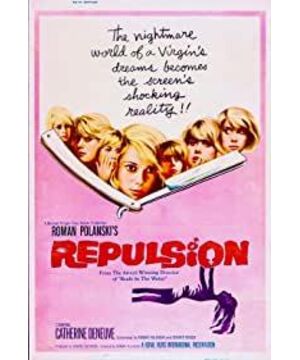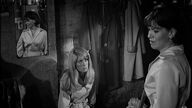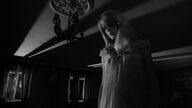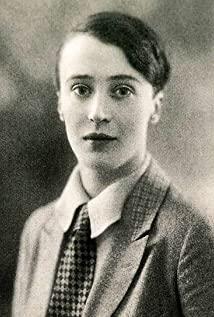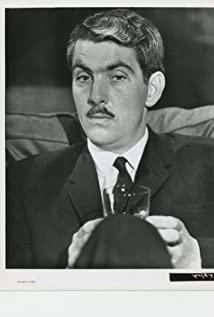The camera finally fell on the family photo of the heroine during her childhood. She looked at her father nervously, incompatible with the smiles of other family members. This passage implies that the heroine may have been violated by her father when she was a child, and this became the source of her fear of the opposite sex.
"Cold Blood" is a psychological horror film in a confined space that opens the trilogy of Polanski's apartment. I haven’t watched "Strange Tenants". The heroines in "Cold Blood" and "Rosemary's Baby" have encountered pressure and misfortune in the close family relationship. Such themes are very suitable for closed children. The performance in the apartment-women in a disadvantaged position, trapped in a cage of unhealthy intimacy, cannot escape. (Update: After completing "Strange Tenants", it is more of Polanski's own demons.)
Unlike "Rosemary's Baby", the biggest male perpetrator in "Cold Blood" did not appear directly. And if the audience pays attention to the clues given by the family photos, they will find that this kind of revelation is not obtrusive.
For the first time, the heroine clearly expresses her rejection of men and is aimed at her sister's lover. She felt uneasy and anxious and couldn't sleep. Later, in a conversation with her sister, she pointed out that the man had a family and was therefore extremely opposed to her sister's association with him. In her past father-daughter incest relationship, her father also appeared as a married person. The elder sister becomes the third party of other people's family, which may correspond to the heroine herself who consciously betrayed her mother.
Her hypothesis worsened when her sister was traveling, perhaps because she accidentally became her protector during her childhood. When the sister is present, her father will be scrupulous. But this time her sister’s departure made her have to face her inescapable suitor, the landlord who came to ask for the rent and had evil thoughts on her, thus opening up her painful memories and causing tragedy. Her suitor broke in, and the landlord entered without her consent. The image of these two intruders symbolizes that her psychological defense is broken like a door, just like a mirror image of her childhood.
"Cold Blood" is sometimes classified as a film noir. Compared with American film noirs in the classic period (forties and fifties), in film noirs that appeared after the sixties, the image of women gradually began to change. In the classic period, women are sometimes femme fatales and sometimes saviors, but the film is often centered on male images. Even the roles of the same names played by big-name female stars in "Laura" and "Gilda" need to rely on men to appear. In "Cold Blood", the heroine played by Catherine Deneuve becomes the absolute central figure. This does not mean that she has nothing to do with the male character; on the contrary, she is both the victim and the perpetrator (offender), and the other party in the relationship is male. But the film focuses on her inner world, and the horror effect it produces is also expressed from her perspective. In classic noir films, the attitude of female offenders towards men is based on their love as the criterion; Denaves in "Cold Blood" puts almost all men on their opposite sides.
With the American film grading system replacing censorship systems such as the Hayes Code, movies shown in the United States are subject to fewer restrictions, from the overall plot of the movie to the content of each shot. In Europe, the modernist trend of thought also makes movies pay more attention to the inner world of people. The content of the film gradually got rid of the shackles, and the theme turned to inner exploration. The British film "Cold Blood" may be a microcosm of the film creation environment at that time. For Polanski himself, it also foreshadows the creative motif of his work "Chinatown" in the 1970s.
View more about Repulsion reviews


